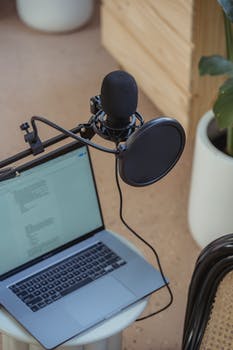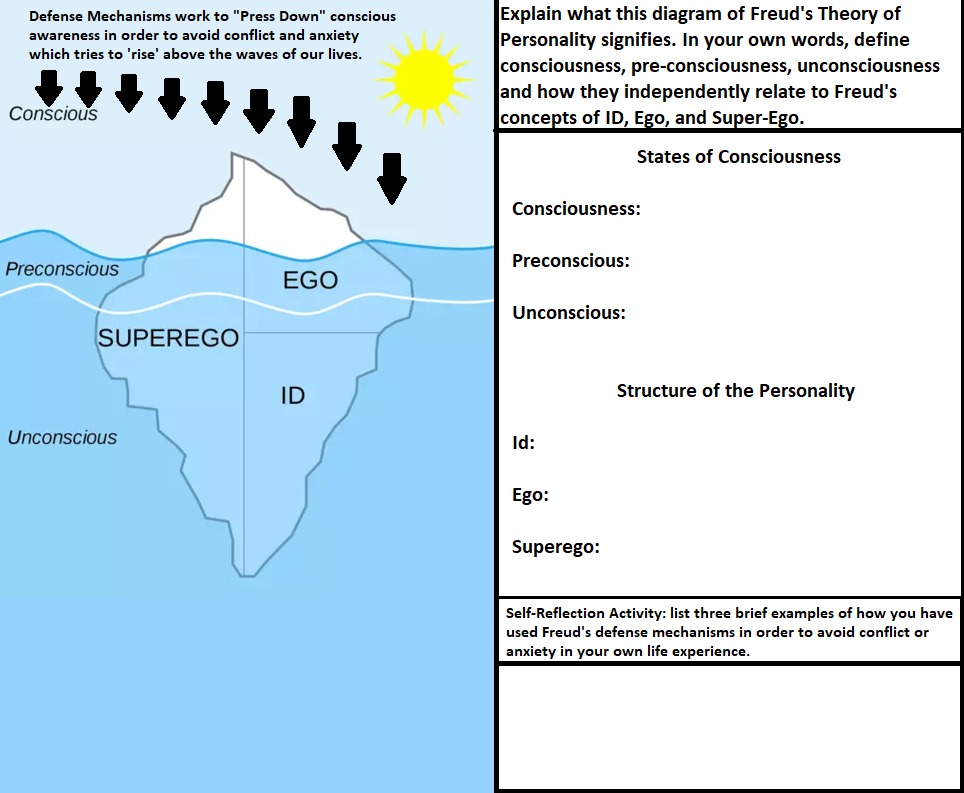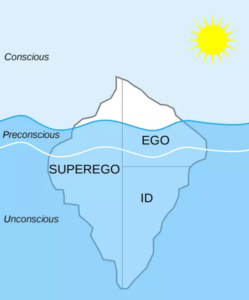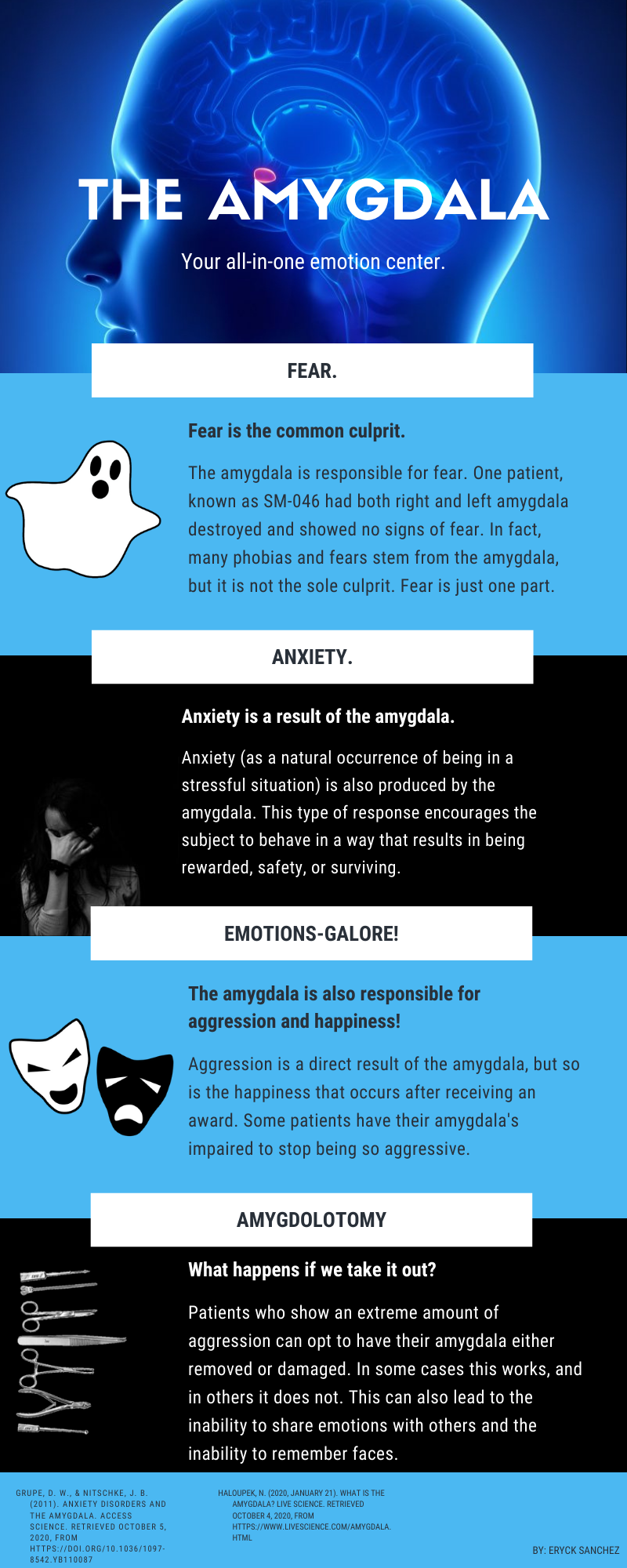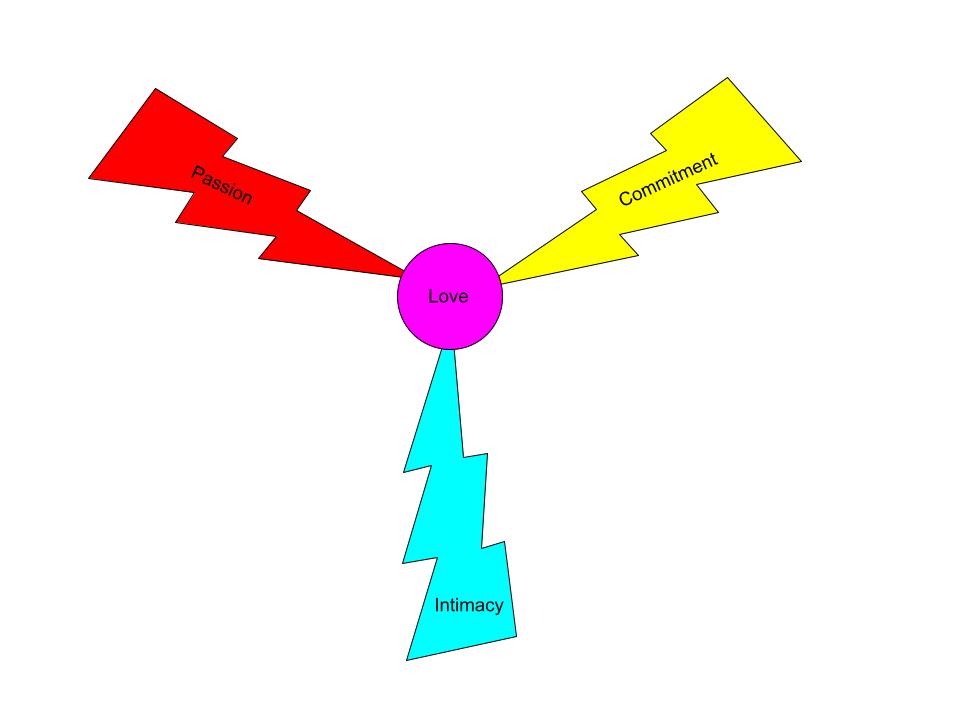Hi everyone,
Activity 3: Record Audio
I chose to start my audio recording using 44,100 Hz. I also started my audio recording with 20 seconds of silence to assess whether noise reduction was required. I did not find any large amounts of background noise so I simply edited out the first 20 seconds of silence. My short audio recording is simply a brief personal introduction. I was happy to discover that Audacity was the chosen audio-editing software for this activity as I have prior experience working within this specific program. I was able to effectively follow the “Record” tutorial (Audacity, 2019) and I was able to set my recording meter without any distracting feedback or mic noise. I am excited to learn more about recording audio for the purposes of podcast and educational lessons.
Please listen to my brief recording below…
Activity 4: Edit Audio
I chose to edit my Open Yale Course resource from Activity 2. I used Audacity to trim all audio outside of my chosen 10:00-14:44 selection of audio. I first had to download the original 45:04 audio recording from Tamar Gendler. I then imported the audio recording into Audacity. Once Audacity finished importing my resource I then chose to use the Selection Tool (F1) which allowed me to highlight from 00:00 to 10:00 and from 14:45 to 45:04. Once I highlighted these two sections using the Selection Tool (F1), I then clicked Trim Audio Outside Selection (CTRL+T). Clicking CTRL+T deleted my two chosen selections which left me with my trimmed audio recording of 4:44. I also chose to use the Normalize effect which reduced peak amplitude to -1.0 dB.
Please listen to the edited Open Yale Course resource below:
Activity 5: Use Audio Filters
I chose to use noise reduction to filter out some of the background noise from the “Oral Book Reports” (Unidentified & Meyers, 1967/1968) audio clip. I used my keyboard to Select All (CTRL+A) and then I selected Noise Reduction in the Effects list. Within the Noise Reduction settings I chose 10DB noise reduction with 6.00 sensitivity as I personally felt that anything above 10-12 DB noise reduction reduced the overall clarity of the narrator’s voice without major benefit to the reduction of background noise. Overall, I felt that the Noise Reduction effect worked effectively to reduce the large degree of background static in the original recording.
Please listen to the original “Oral Book Reports” (Unidentified & Meyers, 1967/1968) audio clip below:
Now, compare the original “Oral Book Reports” (Unidentified & Meyers, 1967/1968) audio clip with my noise-reduced edit below:
Activity 6: Combine Audio Files
I created an audio file on the topic of art within human psychology. I chose to add a basic piano music file from Last.fm to work with my narration file. Please listen to the embedded audio file below.
I chose to follow the “Mixing a Narration with Background Music” (Audacity, 2019) tutorial throughout this activity.
The main difficulty I discovered was that Step 4 of the Audacity tutorial only provides guidance pertaining to overlapping the primary narration sections with the background music. However, for the purposes of this activity, I chose not to overlap my background music throughout the entirety of my narration. As a consequence, I had to learn how to cut my music track into four smaller sections in order to use them as intermissions before, between, and after my narration sections.
I also chose to record my narration section in one attempt as I wanted to challenge myself to edit out coughing, audio-peaks, and stuttering. My original recording was close to 10-minute in duration and was disjointed prior to my editing.
Throughout this activity I had to use the cut tool, the selection tool, and the envelope tool in order to create fade in and fade out effects. I also needed to use the Amplify and the Normalize effects in order to reduce peaking sounds which were quite loud in my original recording (I could use a new mic). I would imagine using my audio file on Carl Jung’s (1933) Modern Man in Search of a Soul as a brief podcast or as a supplementary material to a psychology unit.
Best,
Carson 🙂
References
Audacity. (2019, November 15). Record. https://manual.audacityteam.org/man/record.html
Audacity. (2019, November 15). Tutorial: Mixing a narration with background music. https://manual.audacityteam.org/man/tutorial_mixing_a_narration_with_background_music.html
Gendler, T. (2012, March 27). 3. parts of the soul I : Tamar Gendler. Internet Archive. Retrieved February 28, 2022, from https://archive.org/details/podcast_philosophy-science-huma_3-parts-soul-i_1000112264831
Jung, C. G. (1933). Modern Man in Search of a Soul. Harcourt.
Unidentified (Speaker), & Meyers, M. (Collector). (1967/1968). Oral book reports with 18 year old white female, New Haven, Connecticut [Speech audio recording]. Library of Congress. https://www.loc.gov/item/afccal000204/

